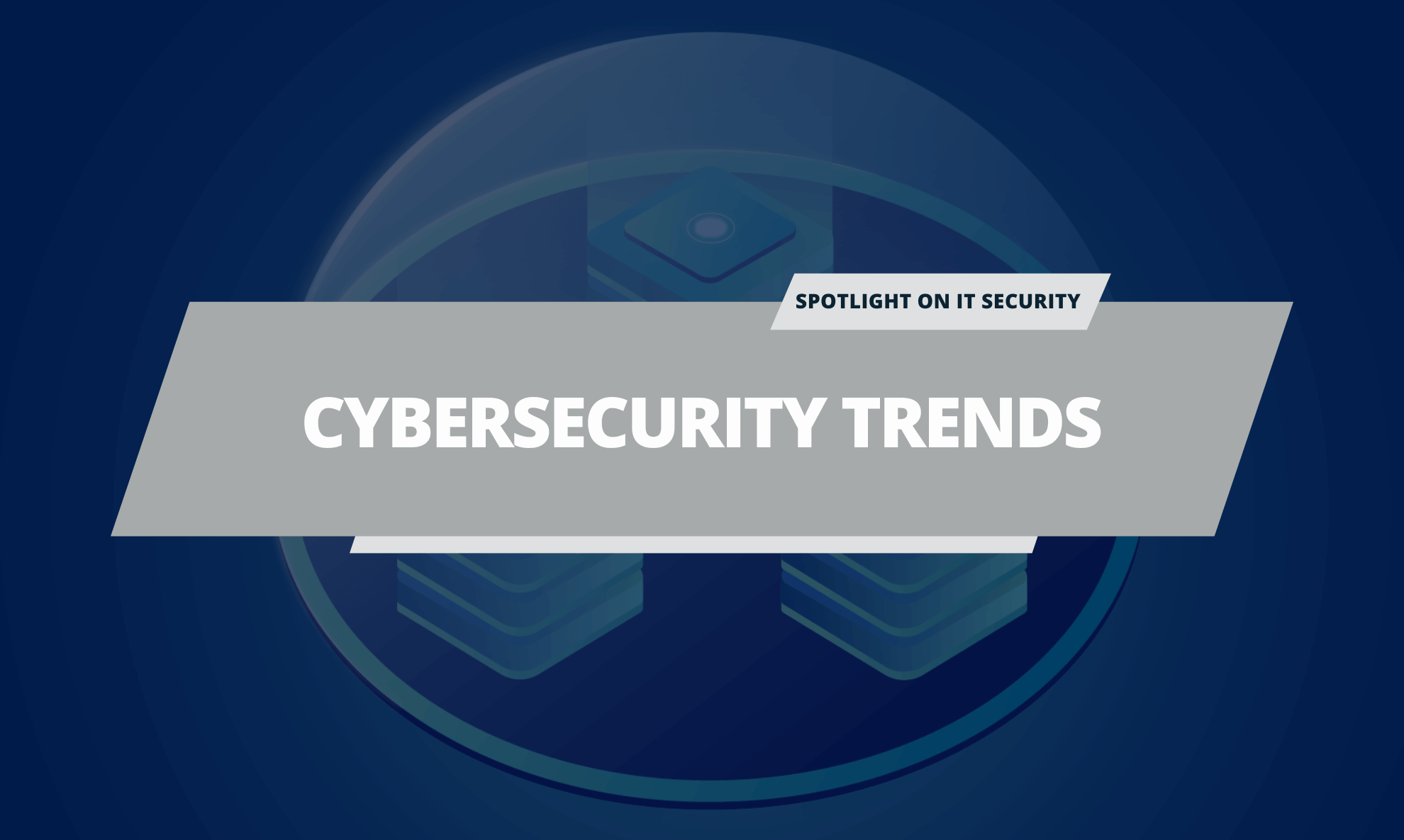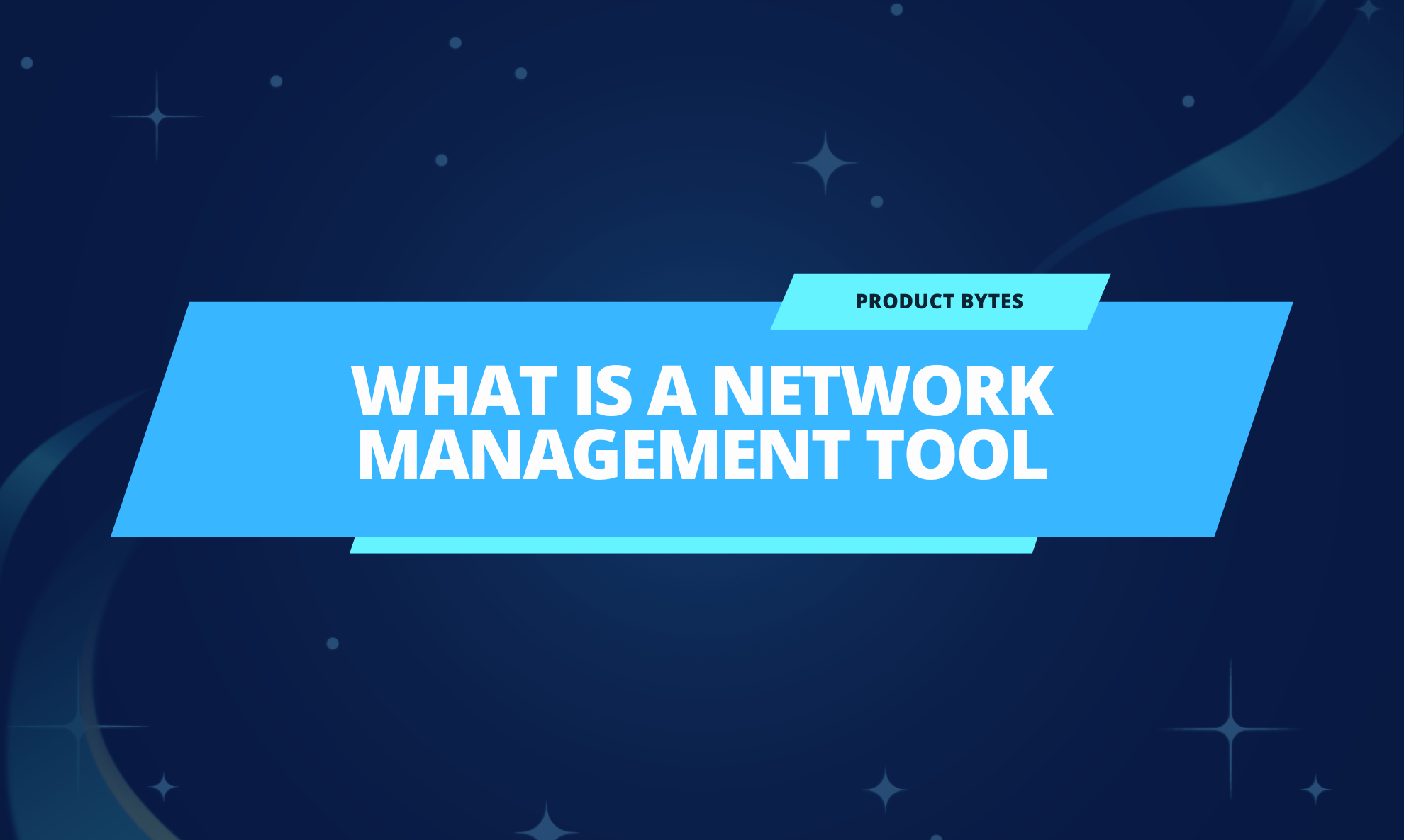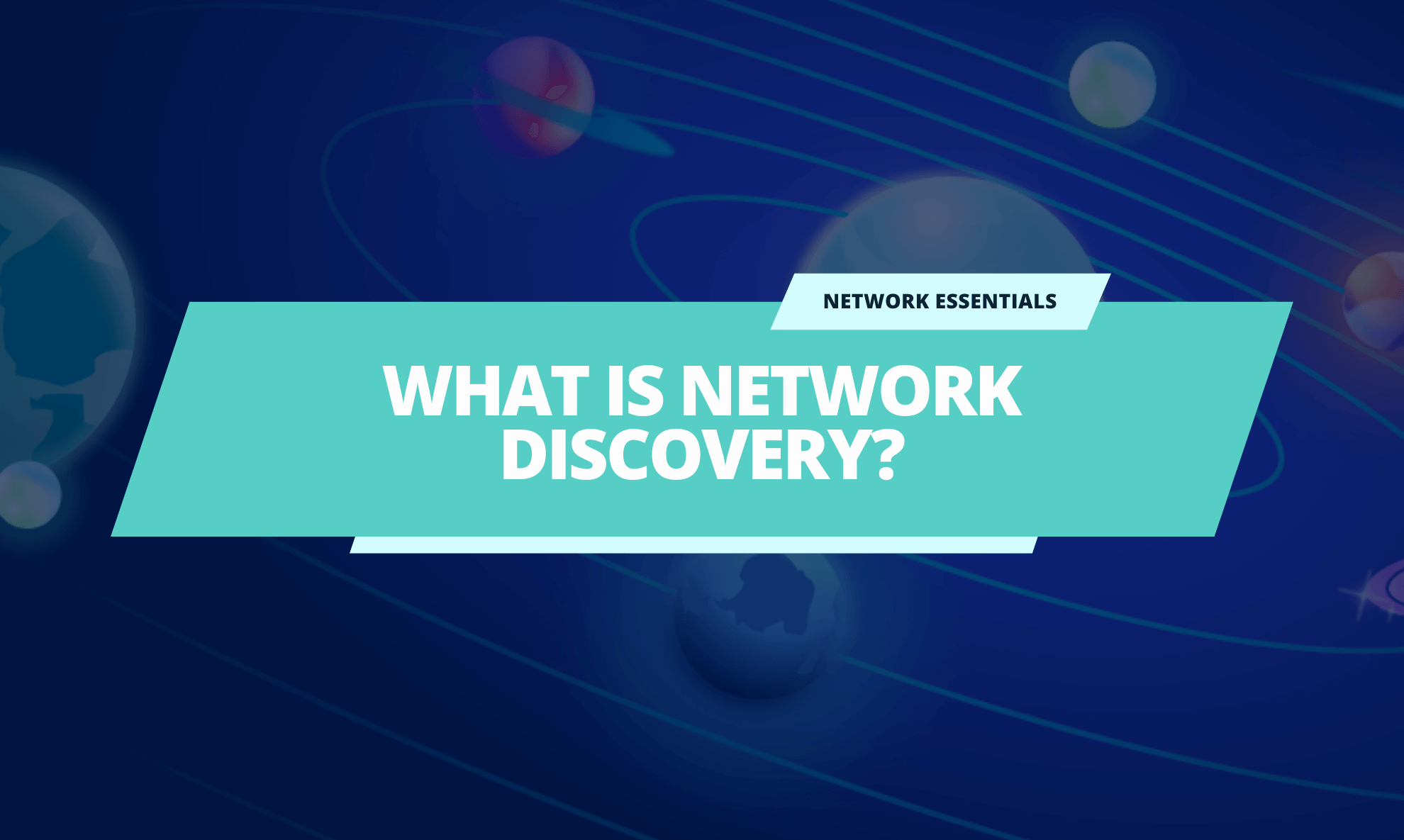Want to stay ready for cyber threats to come? You’ll need foresight in spades.
The problem is that not every risk is easy to predict. This blog post will cover six cybersecurity trends to watch out for.
- Trend #1: IoT Expansion and the Rise of IoT Attacks
- Trend #2: Growing cybersecurity Regulatory Complexity
- Trend #3: AI and Machine Learning Cyberattacks
- Trend #4: Public-private Security Collaboration
- Trend #5: Filling the cybersecurity Skills Gap
- Trend #6: Cybersecurity Automation
Trend #1: IoT Expansion and the Rise of IoT Attacks
The connected internet has been a long time coming, but it’s far from mature. With billions of active endpoints, the Internet of Things (IoT) is on track for exponential expansion.
Analysts project that by 2027, there will be more than 29 billion IoT connections. This is almost double where we’re at now!
The cybersecurity implications should be clear. When dealing with the IoT, you’re presenting a broader attack surface. The more devices and endpoints you link up, the more places you’ll have to defend against incursion. Expand your monitoring capabilities and data collection practices before your assets get out of hand!
Trend #2: Growing Cybersecurity Regulatory Complexity
You want to do your due diligence and follow the law, but it’s not easy. Expanding threats mean expanding compliance laws and increased burdens. The act of submitting compliance reports could eat up to 40 percent of your cybersecurity budget.
Life gets trickier when you consider that cybersecurity law is a total hodgepodge. From multinational bodies to municipalities, lawmakers combat threats with a range of rules, and they aren’t slowing down anytime soon.
Harmonizing your practices is the only way to match the pace.
You can’t count on legislators to reconcile the legal landscape, but you can unify your compliance strategies.
By standardizing your cybersafety activities, you can adapt to evolving rules as they come. From there, it’s way easier and more cost-effective to customize your reporting as needed.
Trend #3: AI and Machine Learning Cyberattacks
For every positive machine learning application, there’s a corresponding negative example.
Hackers misuse AI and machine learning in two significant ways:
- Machine learning algorithms can help unearth new exploits with less human effort. This results in more aggressive, coordinated attacks. Hackers also use machine learning to mimic authentic users and hide their traces.
- AI and machine learning applications present new attack surfaces. These apps are complex, interconnected, and often dependent on open-source software. In other words, they’re a hacker’s dream target.
Fortunately, AI’s power goes both ways. Machine learning algorithms can detect vulnerabilities, scan for malware, pinpoint new attacks, and more. Considering how quickly hackers adapt to the new landscape, it’s wise to follow suit, right? Lear more from this short video about cybersecurity and AI.
Trend #4: Public-private Security Collaboration
Security isn’t a solo effort. Even within organizations, stakeholders team up to fight threats. In the modern era, you should expand that way of thinking beyond your enterprise.
It’s not a huge logical leap. Most companies already rely on public disclosures and CVE announcements. But there’s still room for improvement, particularly between government agencies and private businesses.
Many cyber threats are multivector attacks. Hackers aren’t going to do you the courtesy of focusing on one type of aggression. They’ll exploit any potential vulnerability they can find, and they’ll often target many at the same time.
Work with your vendors, service providers, and public agencies on comprehensive cybersecurity. Forge stronger ties with cloud partners to respond to threats with minimal delay. Otherwise, you’ll fall behind.
Remembering that institutional collaboration might be a prerequisite for certain jobs is also useful. If you want to work with governments, knowing how to be a good team player could open doors.
Trend #5: Filling the Skills Gap and Cultivating a Cybersecurity-aware Workforce
Want to understand one of the biggest potential culprits in a weak cybersecurity stance? Look deeper than your devices or technology. Your people could be the weakest link.
This isn’t to say your team isn’t skilled. It’s just that all workforces have their faults. When you invest in a particular skill set, it naturally comes at the expense of others. As the Harvard Business Review notes, cybersecurity training is at an all-time high, yet 80 percent of incidents still come from human error.
But don’t give up on improving. Now that you know you probably suffer from a skills gap, you’ve got a concrete goal: shoring up your weaknesses. Building a security-aware culture is the best place to start.
Security awareness takes different forms for individual stakeholders. The common thread is that everyone needs to participate. Your CTO’s concerns might differ from low-level employees’, but both must understand their roles and responsibilities.
Avoiding mistakes is about cultivating relevant knowledge in advance. Your training should focus on empowering individual human elements to strengthen the whole. That way, everyone will respond to the best of their ability in an incident.
Automation can also help you close the skills gap. Use machines to pick up the slack and overcome your weaknesses until your team learns to do the same.
Trend #6: Leveraging The Power of Automation in Cybersecurity
Threat detection and response can take much work to pin down.
Can you keep up as the landscape changes?
Whether you focus on your workforce, vendor partnerships, or AI tools, you must cover every possible base. Setting up more automation can lighten the load and ensure you get everything.
Quick tips on using automation to improve your cybersecurity:
- Automate repetitive tasks: By automating more routine tasks, you help your cybersecurity professionals focus on more complex and strategic tasks to prevent security incidents. Use tools like Professional Services Automation software (PSA), documenting tools, and process automation tools.
- Know your networks: Rely on network monitoring software as essential to your IT security. Such a tool will help you keep track of the entire infrastructure with all devices and systems. First, it will help you have a complete inventory of what you have in the network you manage. Second, it will continuously scan and analyze network devices, identifying vulnerabilities and potential threats. Finally, it will provide a proactive alerting system to detect and respond to suspicious activities in real time.
- Generate automatic protection: Once the automation tools you use identify the threat, you need some automation practices to generate protection faster than attacks can spread. Automation can speed threat detection by discovering hackers who hide in compromised networks before acting. Choose the best cybersecurity tools to rely on to protect your clients.
Machine-aided tools also improve scanning precision. By gathering data at volume, they paint a fuller picture of your infrastructure to avoid false positives.
Lastly, automation helps you respond to threats more efficiently. Your key stakeholders get informative alerts, letting them spring into action faster. You can quickly shut down avenues of attack en masse and isolate compromised network assets.
Cybersecurity leaders can take more decisive actions by letting machines handle the fundamentals. Why not improve your odds of success when everything is on the line?
Conclusion
Capitalizing on cybersecurity trends isn’t easy, but finding a vendor partner who knows what to expect can dramatically improve your odds.



